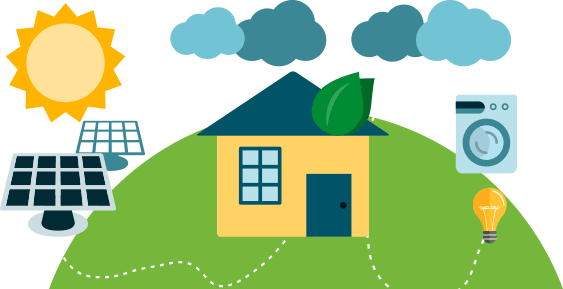

Solar vs. Wind Power: Where We Stand
Today, the companies and states which are not switching to sustainable power sources are falling behind their peers in terms of international recognition, brand value and consumer / people perception. It is no longer enough to organize the once-a-year environment day celebrations and be done with one’s environmental responsibilities.
According to a World Economic Forum Report in late 2016, more than 30 countries around the globe have now achieved solar parity with fossil fuels. It means that the cost of adding a new solar generator in these nations is cheaper than adding a new fossil fuel source. On the business front, companies as diverse as Apple and Johnson & Johnson have joined the green push. It is up to business leaders to revolutionize the way homes and businesses are powered. For example, Luminous, the top home solar provider in India, has been creating awareness about the advantages of quality solar installations to enable long-term savings for homeowners buying rooftop solar setups.
Wind or Solar: Making the Choice
At the moment, these are the two veritable green energy choices for business organisations and nation states. While wind energy saw much development initially due to investments by developed economies like US and EU, the cost benefits of building wind farms have been ‘winding’ down in recent years. Solar energy represents the next era in clean energy due to the declining cost of solar power setups.
Examples of solar power’s ascendency can be found in India, where numerous records have been broken during the energy auctions for solar power plants. Solar is also getting tax breaks and subsidies from governments all over the globe. Once again, India has been at the forefront of the green energy transformation, offering solar subsidy to millions of its rural and urban homeowners.
Solar also has the upper hand over wind power in the battle for green energy supremacy because of its space saving installation. You can buy a rooftop solar setup in Delhi easily but imaging buying a rooftop windmill for your home in NCR. In the coming years, it might even be possible to make solar panels a part of the building construction, which is but a natural progression for the technology available today.
So, in conclusion it can be said that while wind farms will stay relevant in countries with lower population density and large geographical areas, solar power is going to be the mainstay for the rest of the world. Particularly in the South-East Asian region, where a large part of world population is concentrated, solar energy makes even more sense due to perennially sunny skies and smaller size of available land area.
Regardless, whether it’s solar power or wind power, it is a win-win situation for the planet and its people.

